Cannabis is known for its medical benefits, but houses made out of hemp can also protect the environment.
A newly built house in Ein Hod, Israel, was constructed using an innovative technique called “hempcrete.” By mixing hemp (cannabis) with local limestone to build the walls, the all-natural insulating materials can conserve up to 50 percent of the energy needed for cooling and heating.
“The house is sustainable because it’s made out of natural materials that come from nature and will go back to nature,” Israeli architect Maoz Alon, whose firm Tav Group designed the ecological house, tells NoCamels.
An eco-home is an environmentally low-impact house designed and built using materials and technologies that reduce its carbon footprint and lower its energy needs. The process of constructing the 270-square-meter Ein Hod house was also environmentally friendly: “We used only local materials; you didn’t see trucks pulling in and out of our construction site, which reduced air pollution,” Alon says.
While the first floor is made of local stone, the upper floor walls are cast of hemp and hydraulic lime on a wooden framing.
“Designed to capture the summer sea breeze”
Located on Mount Carmel, facing the Mediterranean Sea, the house is terraced on the southward hillslope of Ein Hod, Israel’s artists’ village. “Enveloping a south-facing court, it is designed to capture the summer sea breeze and the winter soft sunbeams, and thus allow a moderate climate throughout the year,” according to Tav Group, which worked on the project with Israeli construction company Botzz Group.
SEE ALSO: Israeli Architects Create Tiny Artist Studio That Doubles As Living Space
According to Israel’s Society of Ecology and Environmental Sciences, hempcrete is good for thermal and acoustic insulation, which, in turn, translates into energy conservation and savings of up to 50 percent.
There are a few other hemp houses in Israel, but Alon claims to be the first to build one (for a client), with the design process starting some eight years ago.
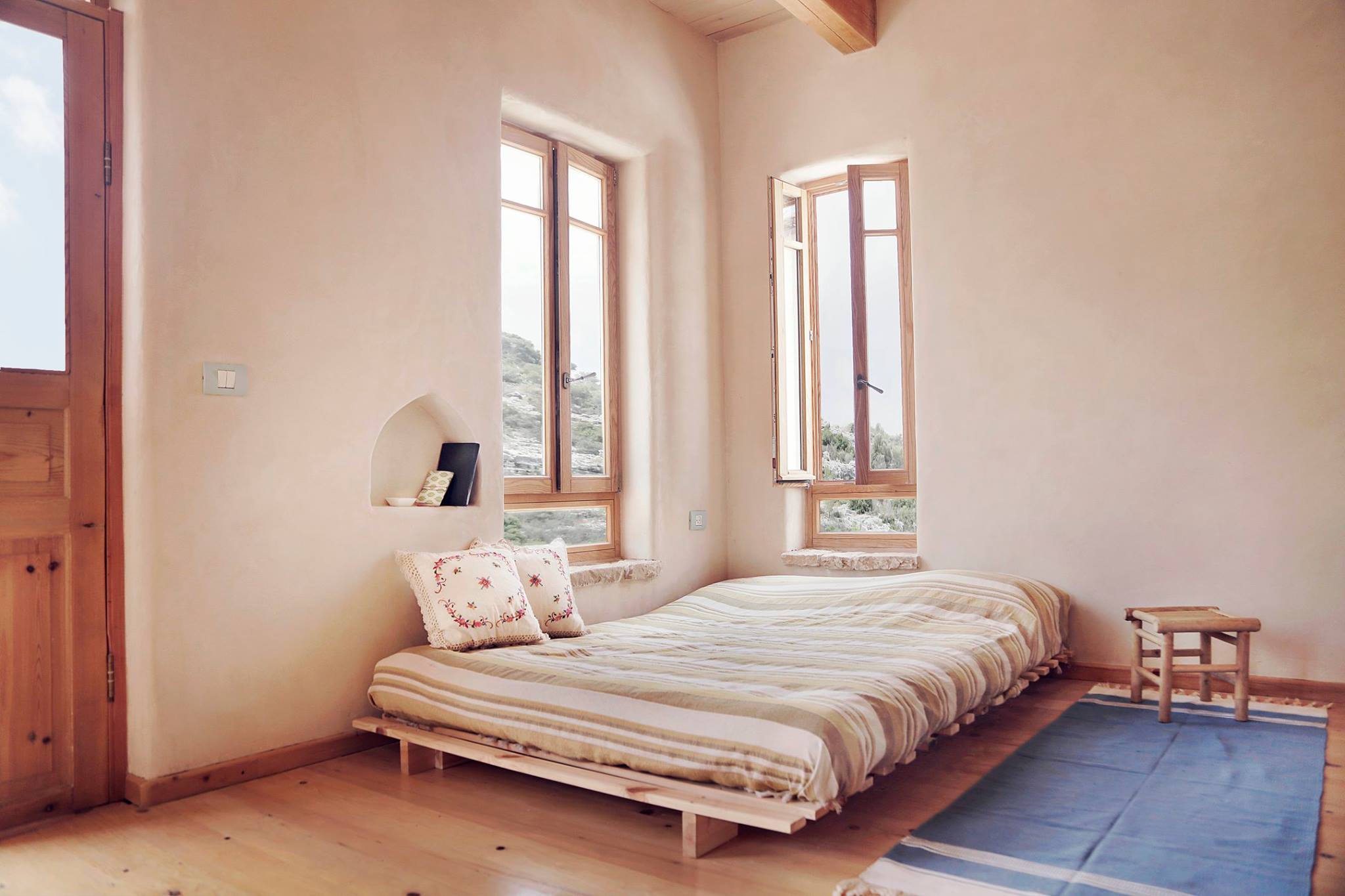
Capturing sunbeams and sea breeze, this eco-home allows a moderate climate throughout the year. Photo by Tavgroup
Founded by in 1987 by the late architect Reuven Cohen Alloro, along with Alon and Yoav Trifon, Haifa-based Tav Group is considered a pioneer in green building. Among the firm’s well-known projects are Kibbutz Hukuk’s ecological neighborhood and the Meyerhoff Art Center in Tel Aviv.
Sign up for our free weekly newsletter
SubscribeSEE ALSO: A New Kibbutz? WeWork’s Urban Community WeLive Could Revolutionize City Living
In the firm’s Ein Hod project, the goal was “to create an archetype of sustainable building, which would blend with the beauty of its natural surroundings,” the architects say. The design concept was to build a house “as nature would have it, like a bird feathering her nest, treading softly on the earth and leaving the faintest ecological footprint,” Alon says.
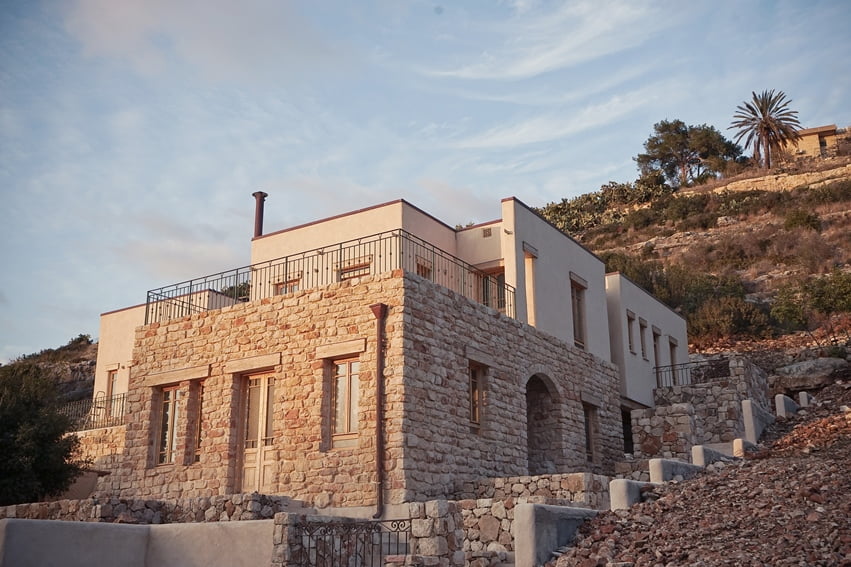
This low-impact house was built using materials and technologies that reduce its carbon footprint and lower its energy needs. Photo by Tavgroup
The house stands on the southern slopes of the village of Ein Hod, facing the Mediterranean Sea. Historically, this hillside served as quarry, providing the building stone for the village houses. Tav Group returned to this method to construct the house: the studio on the lower ground floor of the house is built with locally sourced stone, carved on site. The same stone was also used for paving throughout the house.
In addition to cannabis walls, cast using the hempcrete technique, the house also features ecological infrastructure systems, including greywater purification and reuse, rooftop solar panels, and more.
Its all-natural finishes, of sand and earthy tones, echo the color palette of the surrounding landscape and blend with it. The house manifests Tav Group’s ethos “to find beauty in simplicity, and create peaceful, modest and cozy spaces as a corollary of a harmonious exchange with the environment,” the architects say.

The kitchen features cannabis walls that were cast using the hempcrete technique. Photo by Yaeli Gabrieli
Almost no concrete
The Ein Hod hemp house is unlike most houses and apartment buildings in Israel, and not just because it has a secret ingredient.
“It’s a groundbreaking residential project in Israel because there’s no concrete except in the foundations and the mandatory safety room,” Alon tells NoCamels. “There aren’t many houses like this here.”
While you cannot get high living in a cannabis house, it definitely has a good feel, Maoz says. “The walls are soft, they breathe and they smell good,” he says. “They make you feel wrapped in softness.”
Photos: Tav Group, Yaeli Gabrieli, Yoav Etiel
Related posts

Resilient And Nutritious New Plant-Based Milk Aims To Make A Splash

Chocolate From Cultivated Cocoa Comes Without Environmental Toll

Plastic Fantastic: Startup Takes PVC Back To Its Crude Oil Roots


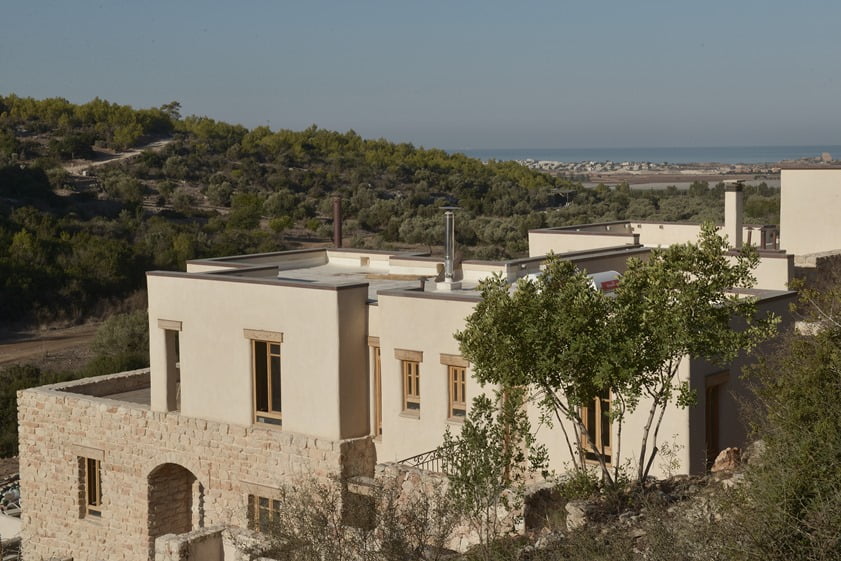

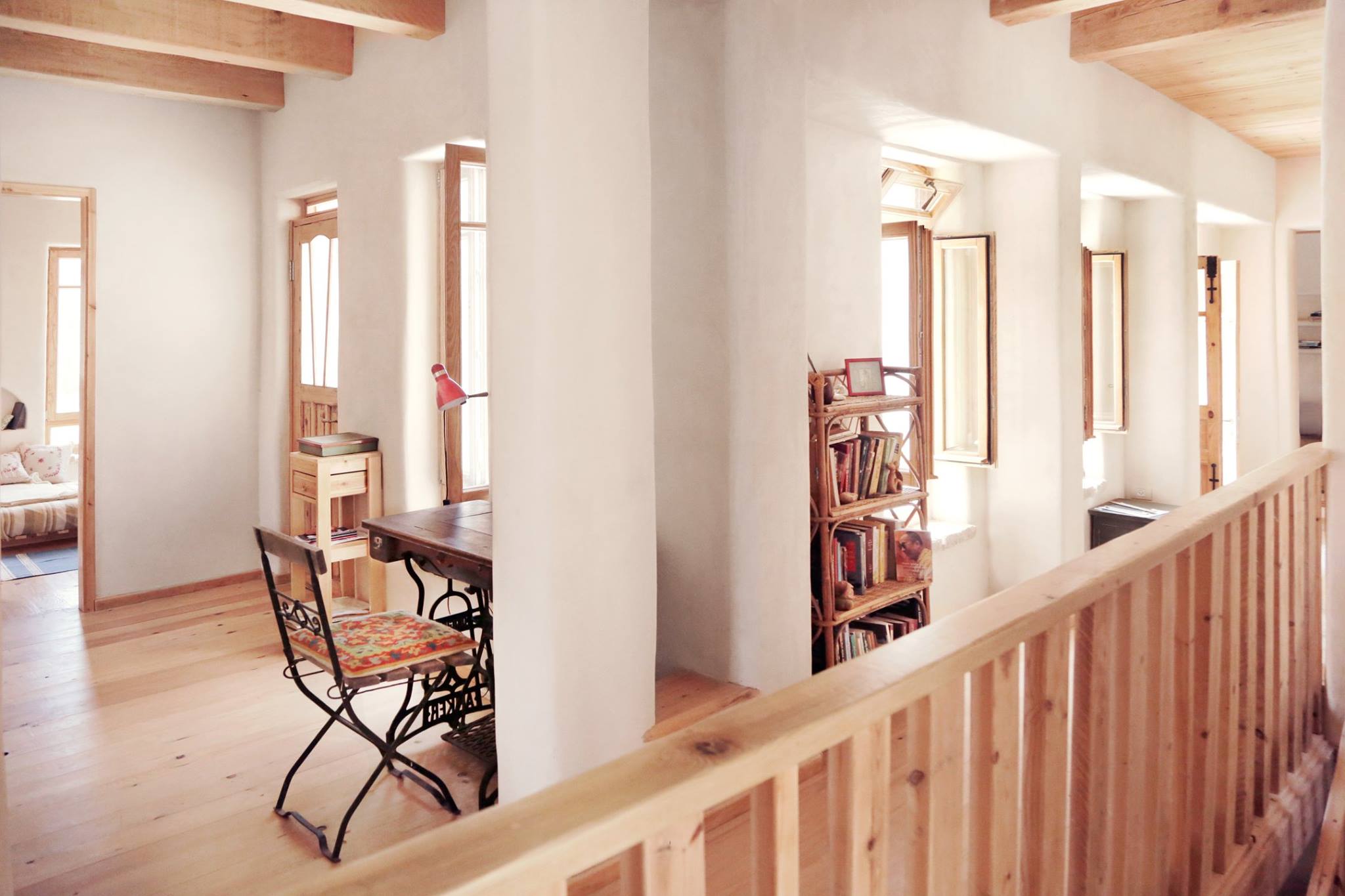
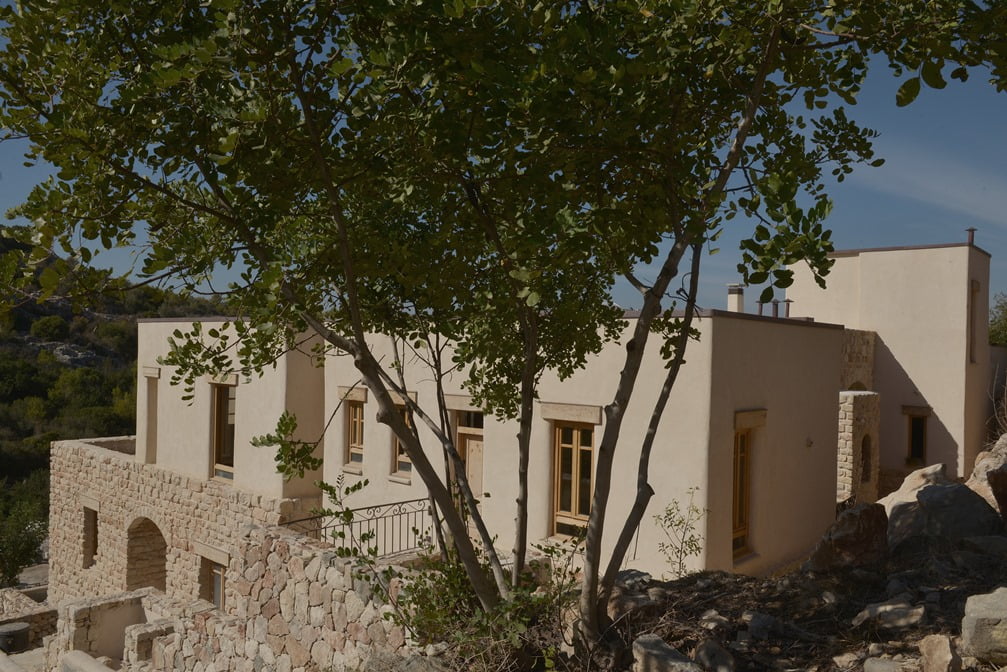

Facebook comments